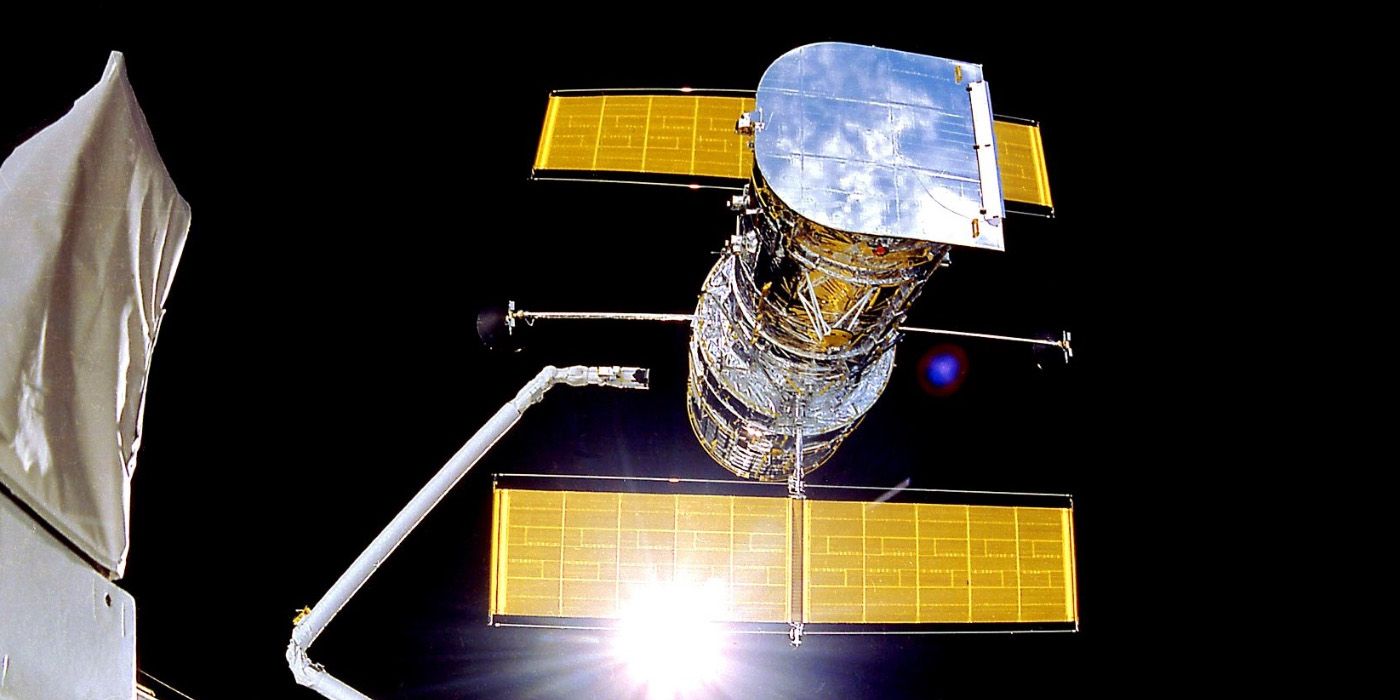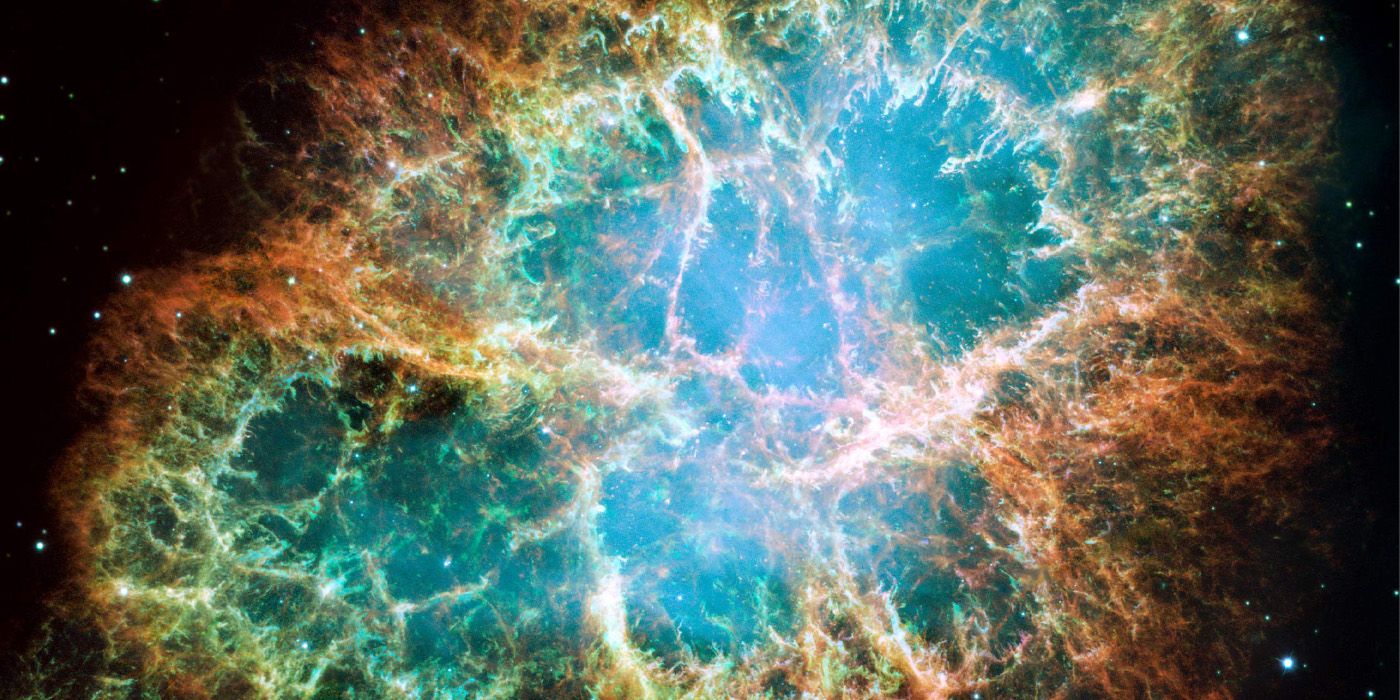NASA's Hubble Space Telescope has been rescued from certain doom after a risky switch to a backup computer proved successful. The aging scientific instrument has been offline for over a month when its payload computer suffered a serious glitch. The error caused issues with inter-telescope communication between the main spacecraft and the powerful scientific instruments that have provided us all with so many stunning views of space. The decision to switch to a backup computer was a daring one, as a failure could have doomed Hubble for good, but the gambit paid off, and Hubble is slowly waking back up out of its lengthy downtime.
The Hubble Space Telescope has been orbiting Earth for over 31 years. Yeah, you read that correctly. During its over three decades in space, Hubble has made some incredible discoveries. It's also provided science fans back on Earth with jaw-dropping glimpses of distant objects and structures in space, like galaxies and starfields. In doing so, it's become a favorite among scientists and casual space observers alike, so when news came down that Hubble had suddenly halted its work, there were many reasons to be concerned.
As NASA explains in a new post, the space agency had to conduct a series of tests to determine how serious the problem really was. If the primary payload computer was malfunctioning, fixing it would pose a challenge. You can't send the Geek Squad to hammer on a telescope orbiting our planet, and there's only so much a team of engineers on Earth can do for decades-old computer technology remotely. The decision was ultimately made to switch to a backup computer in the hopes that it could take over for the malfunctioning primary computer and allow Hubble to continue its vital mission.
A Risky Move
On July 14th, NASA provided us all with an explanation of what it believes went wrong. It's believed to be a hardware issue that is preventing a steady voltage from reaching the primary payload computer, meaning that it can't be fixed from the ground. The decision to switch to the backup computer was made, and NASA spent a day issuing commands to Hubble to make that delicate switch. There was no guarantee that the backup computer would be in suitable condition to handle the workload. Components can suffer degradation over time, and the process of switching could generate even more issues. If the switch failed, NASA could have been left with a massive paperweight orbiting Earth instead of a space telescope.
Thankfully, that didn't happen, and today NASA is celebrating the fact that the backup computer appears to be working well. The space agency is slowly bringing all of its science instruments back online after a month of resting in safe mode. The telescope will need to endure a few calibration exercises before getting back to work, but it's definitely good news for NASA and science as a whole.
Source: NASA


